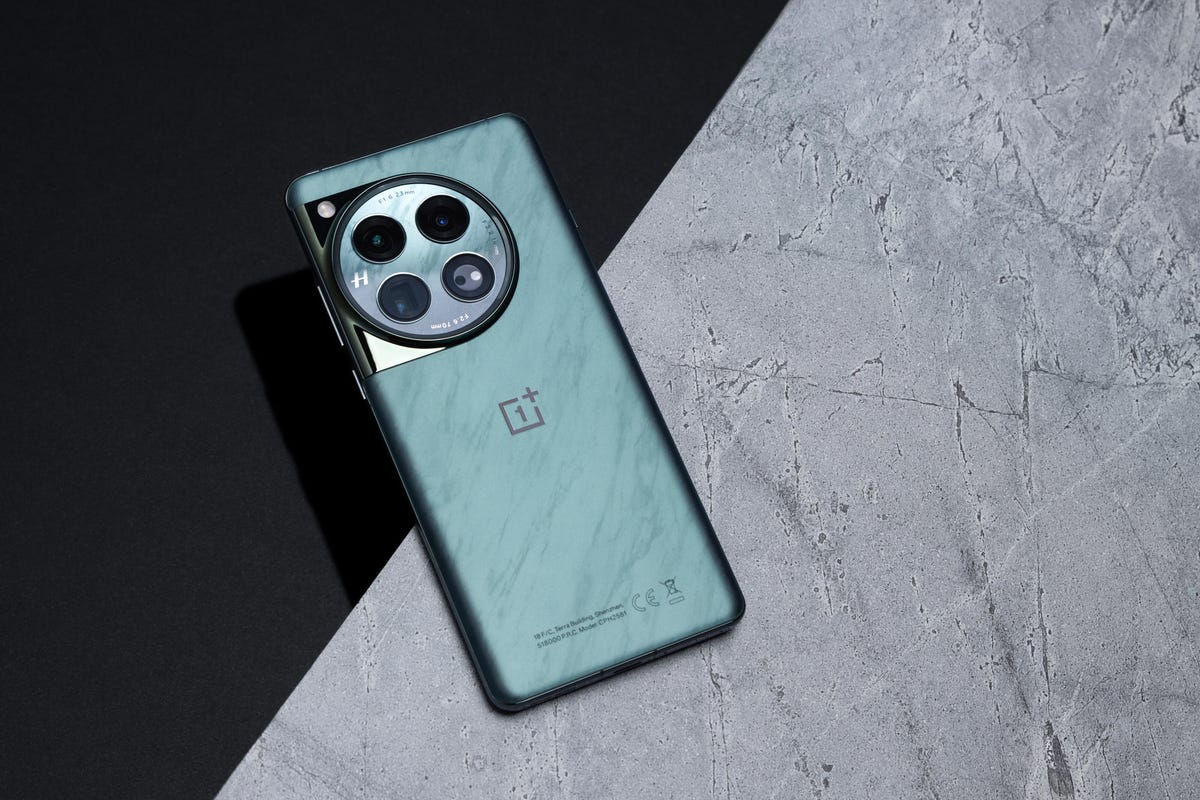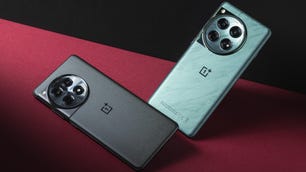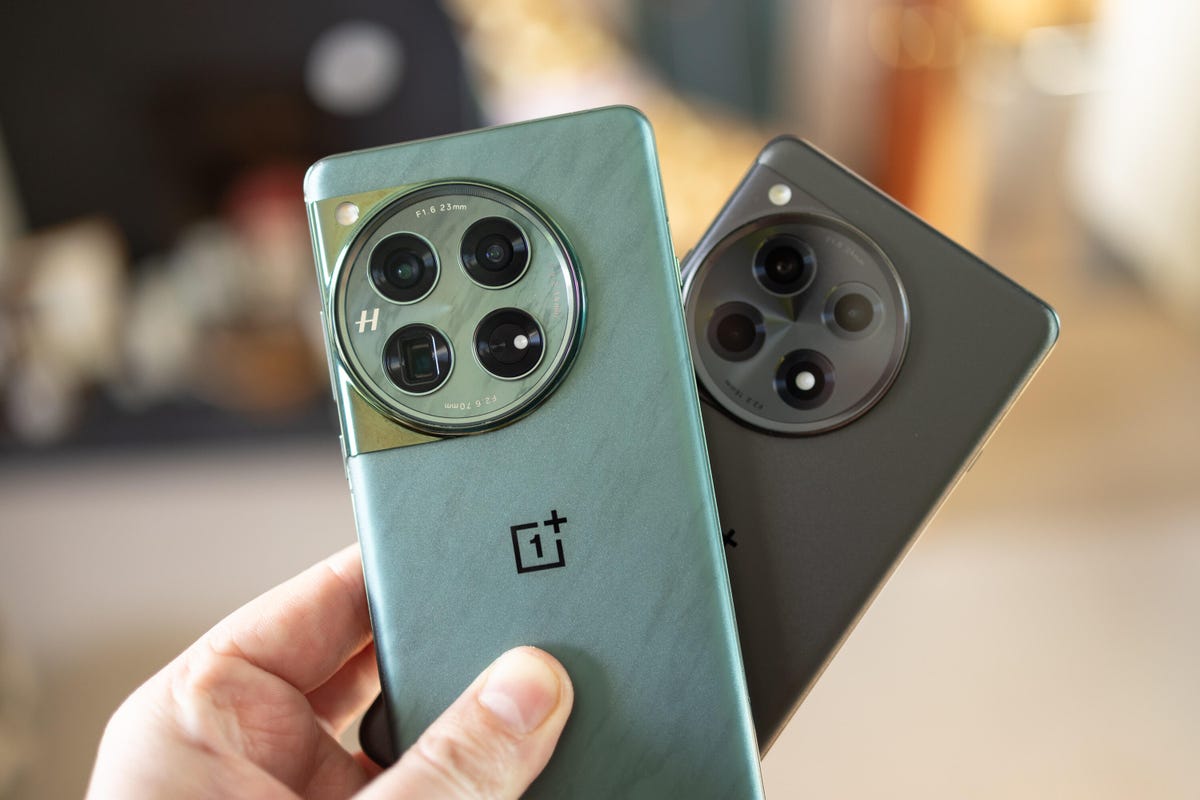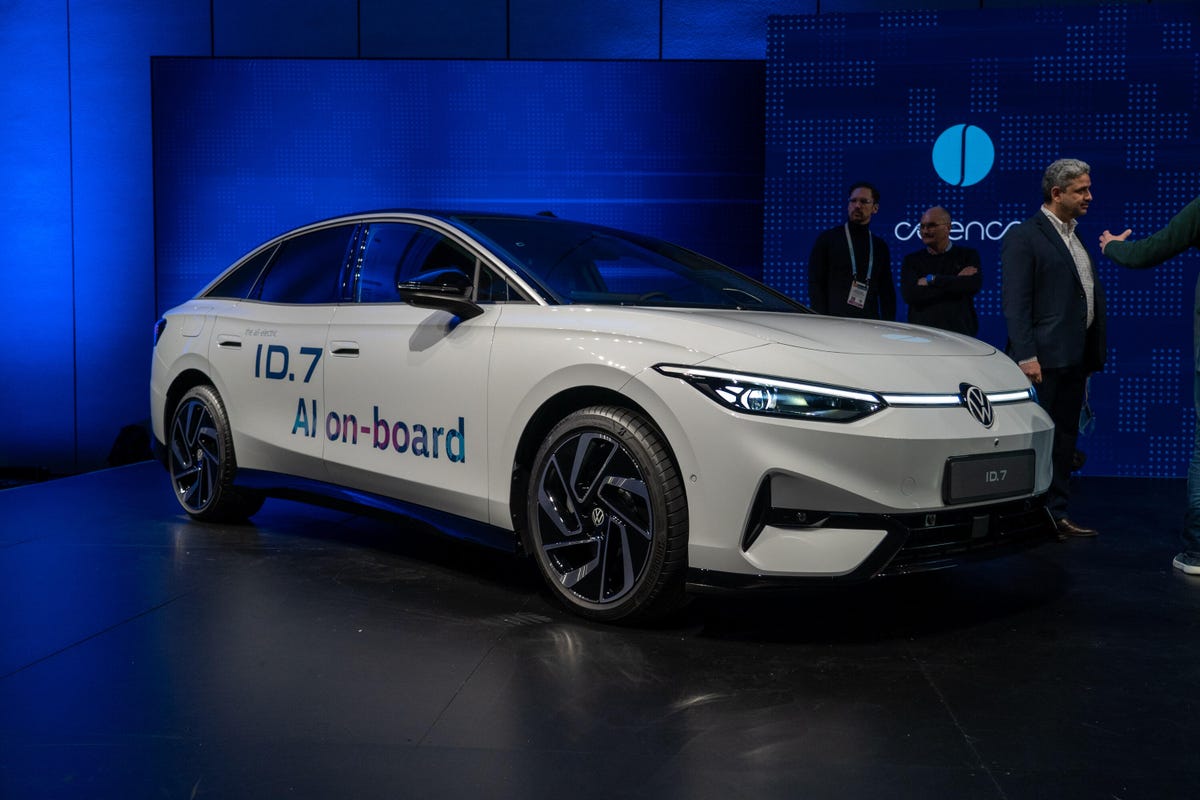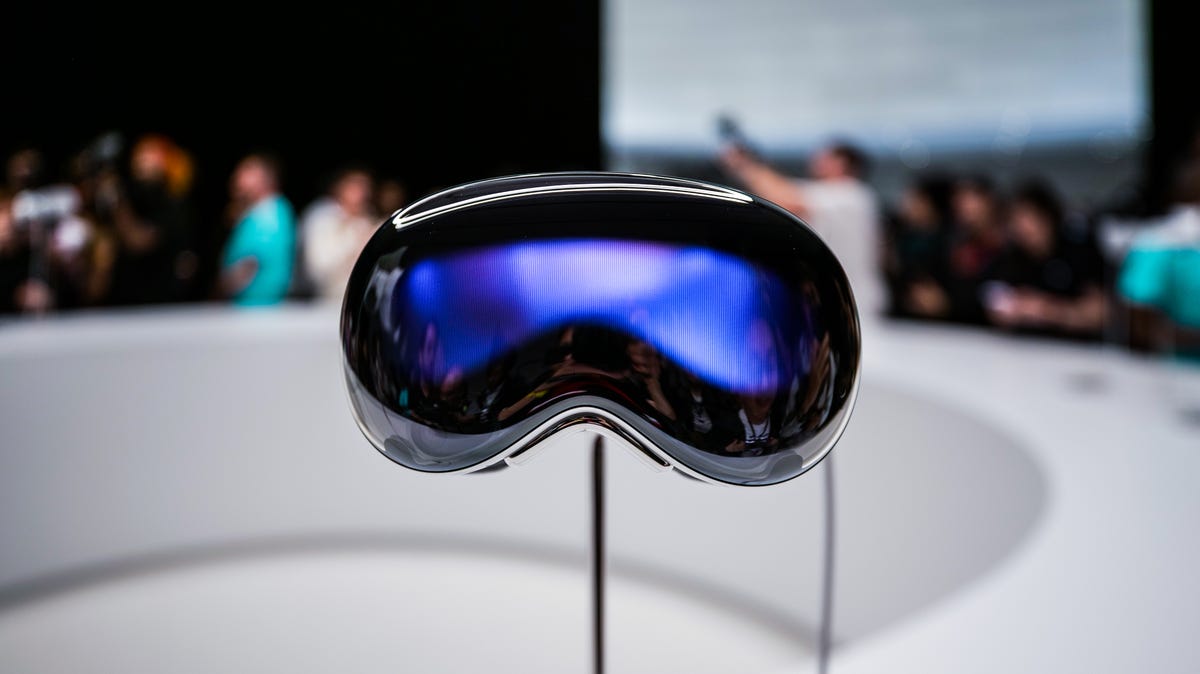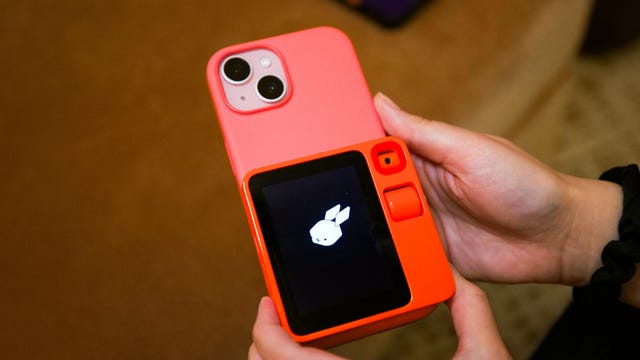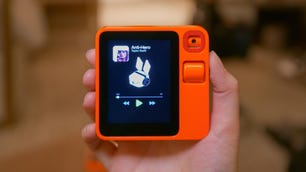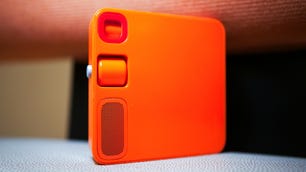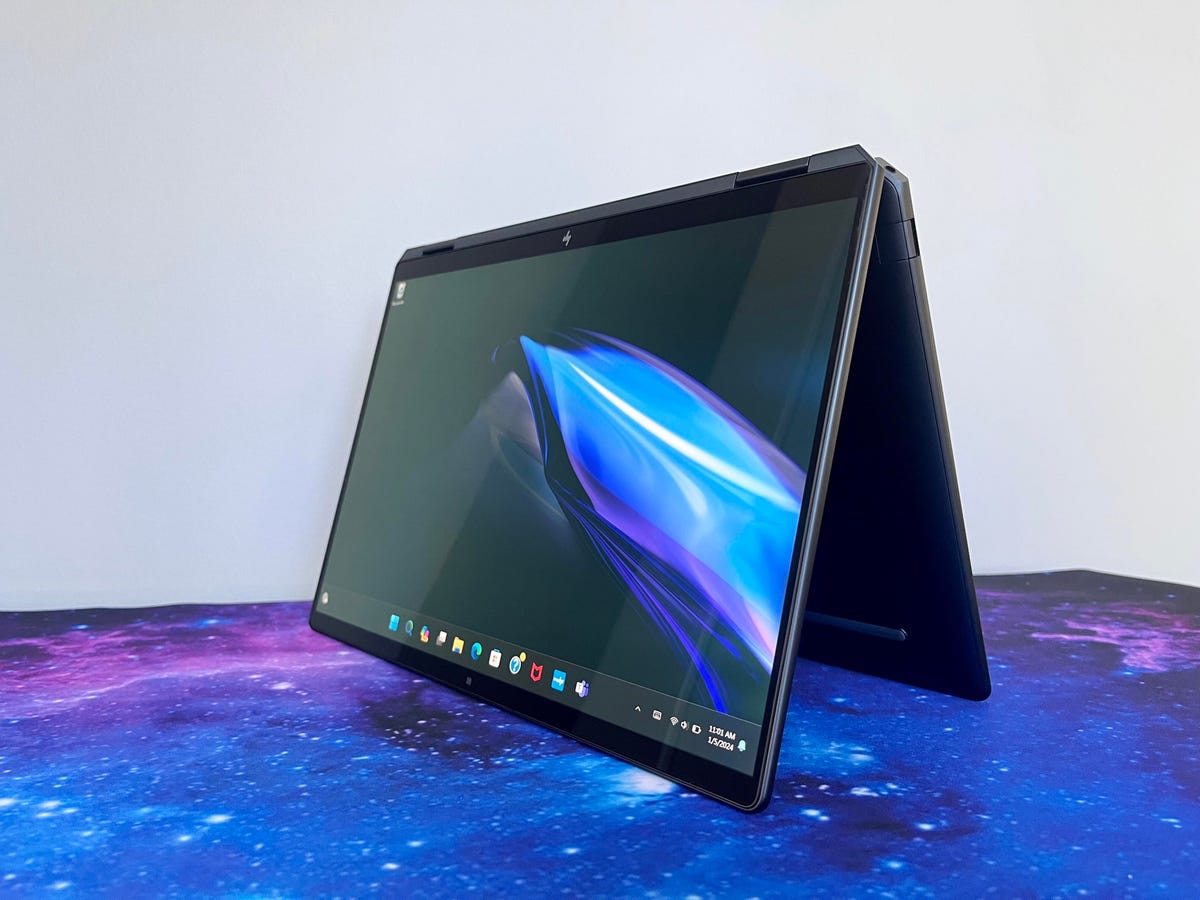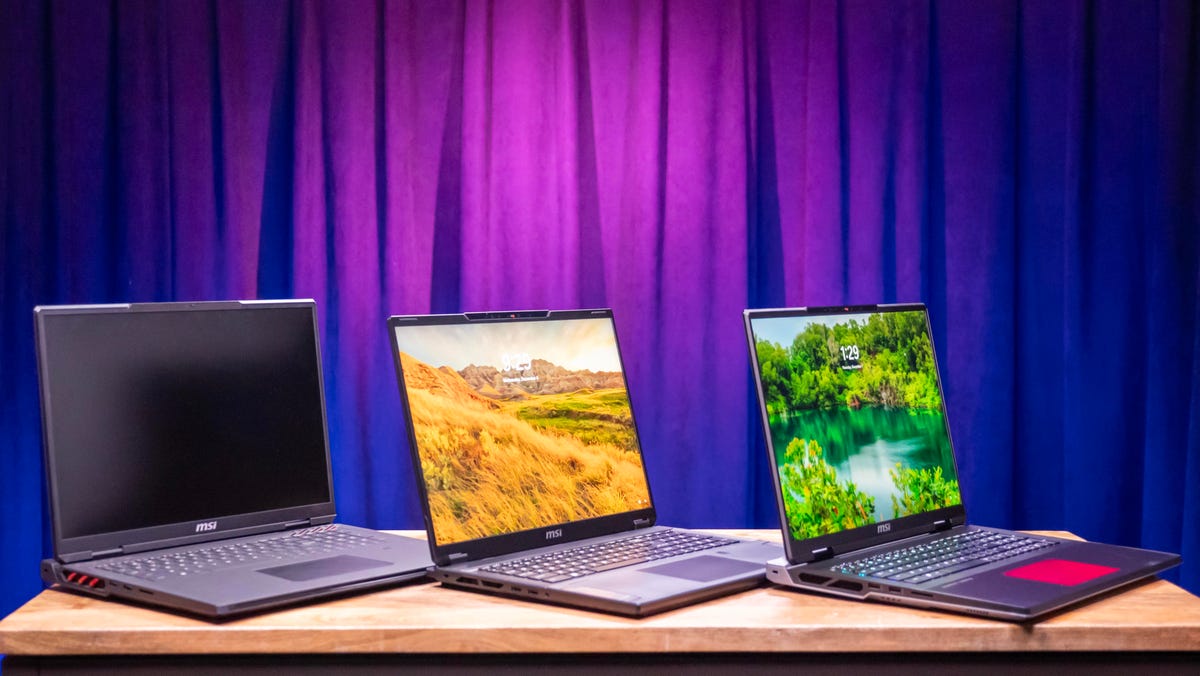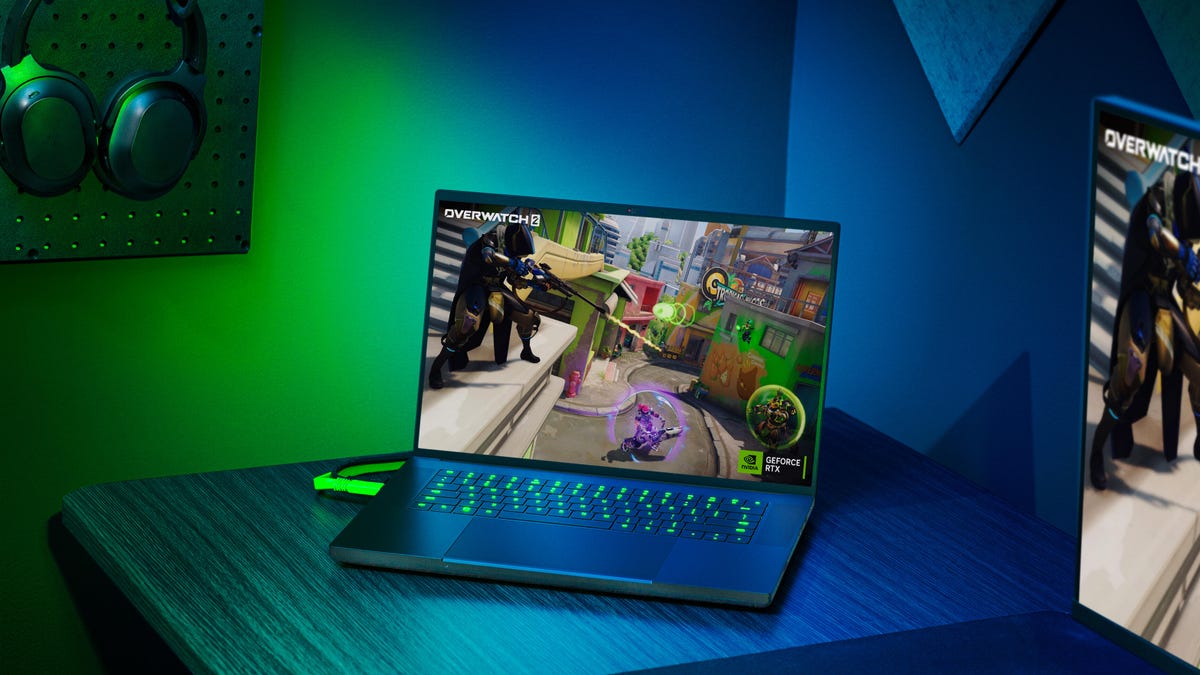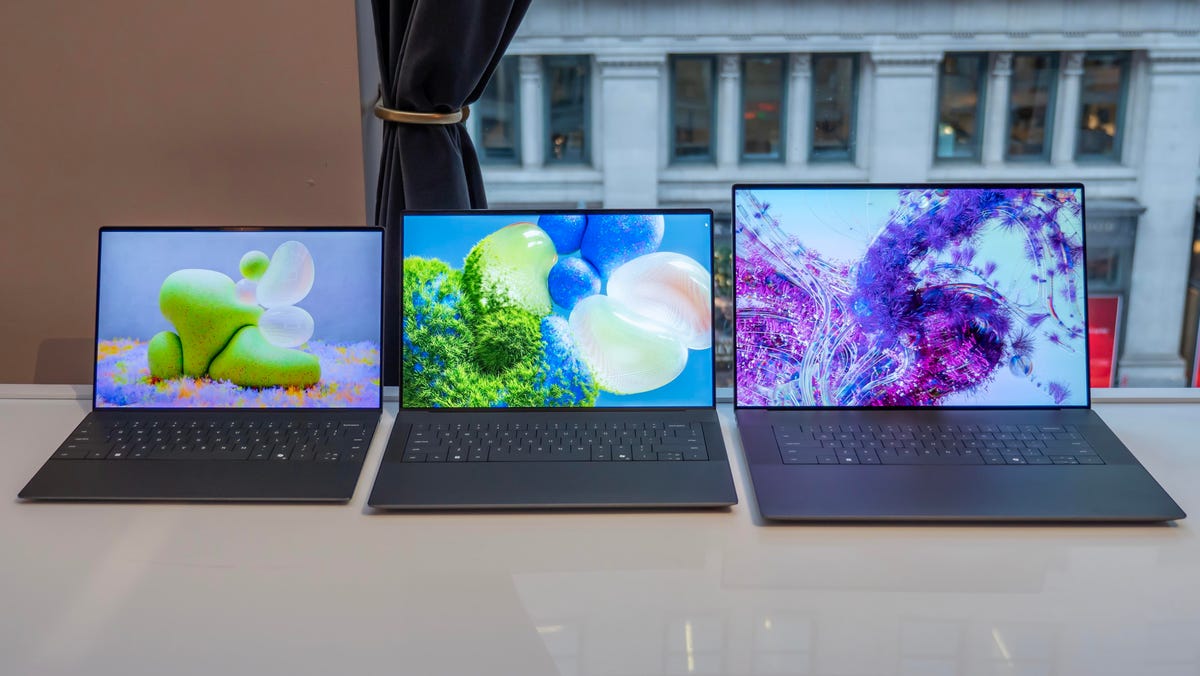New 16-inch, 240Hz OLED panels and a crop of new CPUs from Intel and Nvidia mean a raft of new laptops at CES to host them. Intel announced its gaming-focused 14th-gen Core HX series here, and in December, Intel and AMD launched their flagship Core Ultra and Ryzen 8000 series laptop CPUs.
The companies behind the chips are focused on AI, and that’s what you’re going to hear a lot about in 2024, as they try to use it to differentiate these newer premium models from older generations — to try to sell you on upgrading.
The best laptops of this year’s show offer new designs to take advantage of new features, such as reducing cooling systems to make them smaller and lighter or incorporating the latest Wi-Fi 7 wireless. These are the models we think went the extra mile.
Read more: CNET’s Picks for Best of Show, The Most Exciting, Innovative and Impactful Tech Winners of CES 2024
Lenovo ThinkBook Plus Gen 5 Hybrid
Lenovo’s been playing around with offbeat laptop designs for a while, and its dual Android and Windows ThinkBook seems almost conventional compared to some of its previous concepts.
The device has a processor in each half: a Qualcomm Snapdragon 8 Plus Gen 1 processor powering the tablet and its 14-inch, 2.8K OLED screen, and an Intel Core Ultra 7 chip in the base. That means the base can function as a Windows system when connected to an external monitor. The question is, though, do enough people want two different operating systems sharing the same hardware for it to get any traction?
Read more: Lenovo ThinkBook Plus Gen 5 Hybrid Can Switch Between Android and Windows
Asus Zenbook Duo
Asus helped pioneer the concept of the dual-screen laptop, but historically that second screen has been only a slice of the depth of the notebook and tended not to match up. With the 2024 model, Asus has expanded to two matching full-size OLED touchscreens, allowing it to create the equivalent of an almost 20-inch monitor.
The screens are 120Hz, 2,880×1,800-pixel panels linked by a hinge that lets it lie flat and a detachable keyboard. There’s also a built-in kickstand; without one I’m not sure the design would work. You’ll be able to configure it with up to an Intel Core Ultra 9 H-series CPU, up to 32GB of memory and up to 1TB of storage. Ports include two Thunderbolt 4, a USB Type-A, HDMI out and a headphone jack.
If you strip out the computational power, it’s like looking at the ZenScreen Fold OLED.
Read more: Asus Zenbook Duo Laptop Has Dual 14-Inch OLEDs for 20 Inches of Workspace
Alienware m16 R2
Alienware’s M series has been an awkward fit in the product line ever since the company launched its svelte X series. This year, the company took the opportunity to scale it back in several ways in order to fix that. Most noticeably, it got rid of the forward-hinge design, basically lopping off a lot of the extra airflow it needed to cool the system.
To make that work, Alienware also scaled back on the components, especially the GPU, which tops out with a GeForce RTX 4070 rather than the RTX 4090 it previously could support. By making it a smaller, lighter and less expensive system, Alienware now has a true midtier line. It’s shipping this month starting at $1,650.
Read more: Alienware Made the New m16 R2 Laptop More Portable and Discreet by Cutting Off the Rear
HP Omen Transcend 14
The new 14-inch model in HP’s Omen Transcend line is designed to straddle work and play, cutting back drastically on the RGB glitz and sharp corners we’re used to with gaming laptops. An interesting addition is a built-in wireless receiver compatible with the excellent HyperX Cloud 3 Wireless gaming headset (HP owns HyperX), so that’s one less dongle you need to worry about.
It’s light enough for your commute but doesn’t skimp on the power. You can configure it with up to an Intel Core Ultra 9 185H and up to a GeForce RTX 4070, and is built around a 14-inch, 2.8K OLED display with a 48-120Hz variable refresh rate. It starts at $1,500 and is available now for preorder.
Read more: HP Omen Transcend 14 Is More Versatile Than Your Average Gaming Laptop
HP Spectre x360 14
We’re big fans of the Spectre 2-in-1 laptop line, and the 2024 model maintains that reputation. It’s sleek, generally well designed, and is the first laptop we’ve laid hands on equipped with the Intel Arc graphics integrated GPU that comes in the new Core Ultra processor.
Its screen is a 2,880×1,800-pixel OLED panel that supports variable refresh rate up to 120Hz — VRR is made possible by that Arc GPU. It’s available now starting at $1,500.
Read more: HP Spectre x360 14 (2024) Review: Meteor Lake Arrives in Style
MSI Titan 18 HX
MSI redesigned its most mammoth gaming laptop, streamlining it without the huge forward hinge, and beefing up the display to a new 120Hz, 4K mini-LED panel that’s DisplayHDR 1000-certified and has Calman Verified color. And check out the touchpad — we’re big fans of illuminated pads.
As you’d expect from a power gaming laptop, it incorporates the latest components, in this case up to the Intel Core i9-14900HX and GeForce RTX 4090. MSI has also opted to incorporate Wi-Fi 7, which is optional (versus Wi-Fi 6E) for that CPU’s chipset.
Razer Blade 16
The 2024 Blade 16 incorporates one of the new 2,560×1,600-pixel, 240Hz OLED displays or alternatively the company’s dual-refresh mini-LED IPS screens that can switch between 4K (2400p) 120Hz and 1200p 240Hz. The OLED display is rated ClearMR 11000 (a new measure of motion blur sponsored by VESA) and DisplayHDR True Black 500-certified, which is pretty much top of the line for a laptop screen.
It also incorporates the new Intel Core i9-14900HX and up to a GeForce RTX 4090. It starts at $3,000 and you can buy it now.
Read more: Razer’s 2024 Blade Laptops Bring All the Newness
Dell XPS line
It’s been a while since Dell updated the design of its XPS laptops. Last year’s 13-inch “Plus” model was the first in a long time, and it must have been a success, because now the entire line boasts the signature look: the lattice-free keyboard and a touch function key row that lights up when you want it and goes dark when you don’t, and a seamless glass touchpad with haptic feedback.
All the models will incorporate the Core Ultra CPUs; the 13-inch will use the chip with integrated Arc graphics, while the other two support discrete Nvidia RTX 40-series graphics. They expected to ship soon, but we don’t have pricing.
Read more: Dell’s New XPS Laptop Line Has a Fresh but Familiar Look
Asus ROG Zephyrus G14 and G16
The ROG Zephyrus are well designed and well liked gaming laptops, and the 2024 models look like they’ll continue that trend. The company has redesigned the LED array on the top of the G14 — one of that model’s original novelties which is still unique — and both sizes bring OLED screens to the line for the first time. 240Hz, natch.
As is the norm for the G series, the 16-inch model is Intel-based, in this case up to a Core Ultra 9 185H and up to a GeForce RTX 4090. The 14-inch uses AMD CPUs, up to the Ryzen 9 8945HS, accompanied by discrete Nvidia graphics, up to an RTX 4070.
Read more: Asus’s New Strix Scar Gaming Laptops Have Fancy Mini-LED Displays
Acer Predator Helios 16 and 18
Acer’s latest Predator Helios 16 and 18 models have incorporated swappable mechanical switches (for the WASD keys, only) that provide tactile feedback and faster response time where you need it. Three sets of switches are included in the box so gamers can dial in the right feel. Both the 16- and 18-inch models also feature 250Hz mini-LED display options.
In addition to getting updated with the latest 14th-gen Intel HX silicon, they can be configured with up to RTX 4090 graphics.The Predator Helios 16 (PH16-72) will be available later this month starting at $1,900. The Predator Helios 18 (PH18-72) will start shipping in March starting at $2,000.
Read more: Acer Brings 14th-gen Intel HX Chips to Its Helios and Nitro Gaming Laptops
Razer Blade 18
This one was really just a teaser, but it holds a special place in my heart because it’s one of the few new models that plans to offer Thunderbolt 5 support — higher bandwidth for docks, faster external drives and the ability to drive three 4K monitors are pretty compelling — in addition to the few new capabilities provided by Intel’s 14th-gen HX chipset.
Plus, you’ll be able to configure it with newest 165Hz 4K OLED screen, which is a nice perk. And it retains the same black-slab, work-or-play design that the Blades are known for.
Read more: Razer’s 2024 Blade Laptops Bring All the Newness

